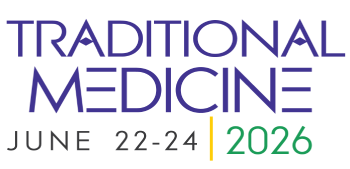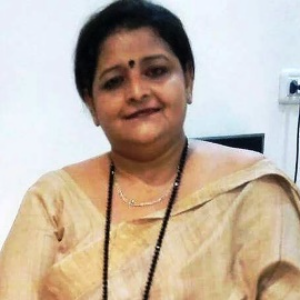Title : Ethnobotanical studies on medicinal plants in the hadoti region of southeast rajasthan, India
Abstract:
The Hadoti region in southeast Rajasthan, India, is a treasure trove of ethnobotanical knowledge and ethno-medicinal practices. In this study, we delve into the rich heritage of medicinal plants deeply rooted in India's history, particularly in the Nainwa and Hindoli Tehsils of Bundi district. Despite the advances in modern medicine during the 20th century, traditional healing practices based on native plants continue to play a vital role in global healthcare. India's historical connection with medicinal plants is profound. Ancient scholars like Charak and Sushruta extensively documented the country's medicinal flora. The Indian Ayurvedic system, one of the oldest healing systems in the world, relies heavily on native plants, ensuring affordable and accessible healthcare for millions. The enduring relevance of plant-based remedies is evident, with over 7000 plant remedies cataloged by the Ayush system in India. Traditional practices like Ayurveda, Unani, Siddha, Homeopathy, and folk remedies address a wide range of ailments, from respiratory issues to diabetes, blood pressure, coughs, colds, and ulcers. These practices are deeply ingrained in the culture of India. To harness the potential of medicinal plants, understanding the region's natural resources is imperative. We must have full knowledge regarding the occurrence, frequency, and distribution of various plants for their proper utilization. This necessitates systematic surveys and inventories of the local flora. Rajasthan, known as the "Land of Kings" is a reservoir of biodiversity and located between 23°03" and 30°12" N latitude and 69°30' to 78°17" longitude. With its varied climate, geography, and habitats, Rajasthan is home to a rich tapestry of flora and fauna and comprises around 9% of India's tribal population. In our study, we focused on Bundi and Nainwa Tehsils, where tribes like Bhil, Damore, Garasia, Kalbelia, Kathodia, and Meena reside. These tribal communities and their traditional healers possess invaluable knowledge about the properties and medicinal uses of local plants. Most residents in rural areas rely on these traditional practices for their healthcare needs. Our study extends to the entire Hadoti region, including Kota, Bundi, Baran, and Jhalawar districts. Globally, 65-80% people seek herbal therapies for primary healthcare, making ethnomedicinal knowledge a vital asset for tribal communities. However, the displacement of communities and the loss of medicinal plant species threaten these practices. Our research identifies ethnomedicinal plants from different families traditionally used to treat various diseases, including respiratory disorders, hypertension, stomach issues, and diabetes. Data were collected through interactions with local tribal individuals, traditional practitioners, healers, vaids, hakims, and elders, using standardized questionnaires. In conclusion, preserving this invaluable knowledge is of paramount importance. There are several looming threats, including the depletion of medicinal plants, limited accessibility, the absence of written records due to its oral tradition, and the allure of urban government jobs that are drawing the youth away from their cultural heritage. To ensure the protection and continuity of this treasured legacy, we must take proactive steps such as reducing the exploitation of natural resources through meticulous documentation, fostering awareness among the tribal youth, and harmoniously integrating ethnomedicinal wisdom into modern healthcare practices.




